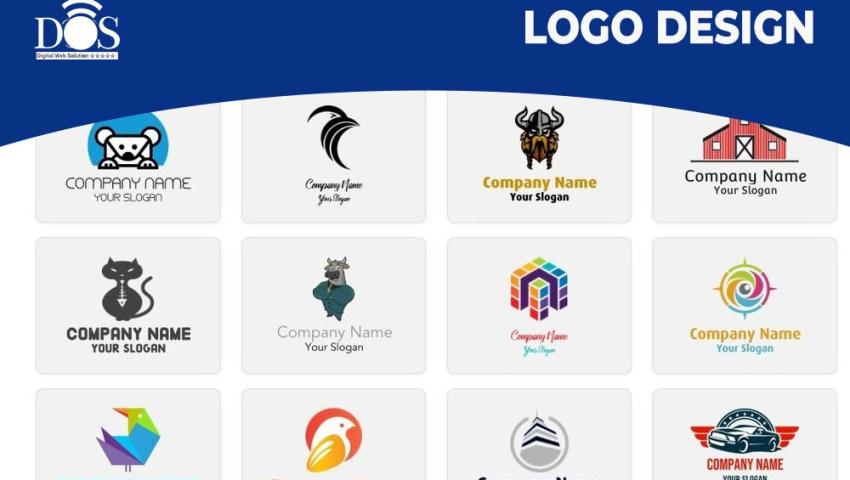
Logo Design: Creating a Powerful Identity for Your Brand
A well-designed logo is the face of your brand, creating a strong first impression and lasting identity. It reflects your business values, builds trust, and sets you apart from competitors. Whether you need a minimalist, modern, or creative logo, professional design ensures a unique and memorable brand presence.
The Art and Science of Logo Design
A logo is more than just a graphic; it represents a brand’s identity. It is often the first thing people notice about a business, making it a crucial part of branding. A well-designed logo helps businesses stand out, build trust, and leave a lasting impression.
Why is a Logo Important?
A logo plays a vital role in a brand’s success. It helps people recognize a company instantly and sets it apart from competitors. A strong logo also creates trust, making customers feel more connected to the brand.
Key Principles of Logo Design
1. Simplicity
A simple logo is easy to recognize and remember. Complicated designs can be overwhelming and less effective.
2. Memorability
A unique logo sticks in people’s minds. When customers can recall a brand easily, they are more likely to engage with it.
3. Timelessness
A great logo remains relevant for years rather than following short-lived design trends.
4. Versatility
A logo should look good on different platforms, whether on a website, a business card, or a billboard.
5. Relevance
The design should align with the brand’s message and industry. For example, a playful font may work for a toy brand but not for a law firm.
Types of Logos
1. Wordmark (Logotype)
Uses the brand’s name in a stylized font (e.g., Google, Coca-Cola).
2. Lettermark (Monogram)
Uses initials instead of a full name (e.g., IBM, HBO).
3. Icon or Symbol
A graphic-based logo without text (e.g., Apple, Nike).
4. Combination Mark
A mix of text and a symbol (e.g., Adidas, Burger King).
5. Emblem
A logo where text is placed inside a symbol or badge (e.g., Harley-Davidson, Starbucks).
Choosing the Right Colors and Fonts
- Colors evoke emotions and should match the brand’s personality. For example, blue represents trust, while red shows energy and passion.
- Fonts should reflect the brand’s tone. A law firm may use a classic serif font, while a tech startup might prefer a sleek, modern typeface.


